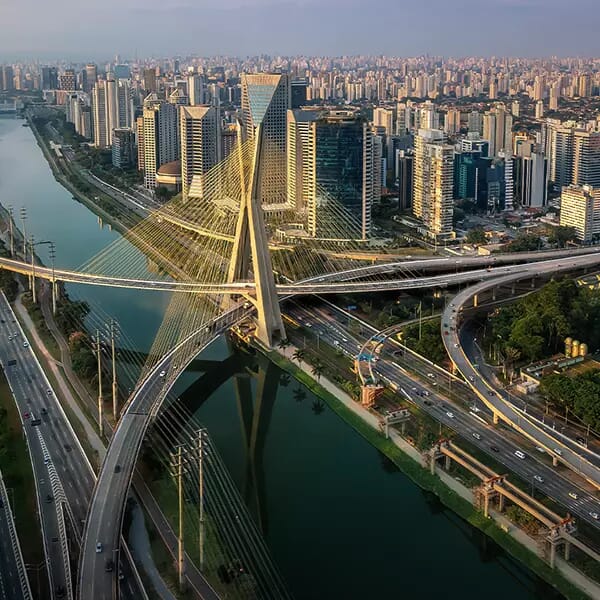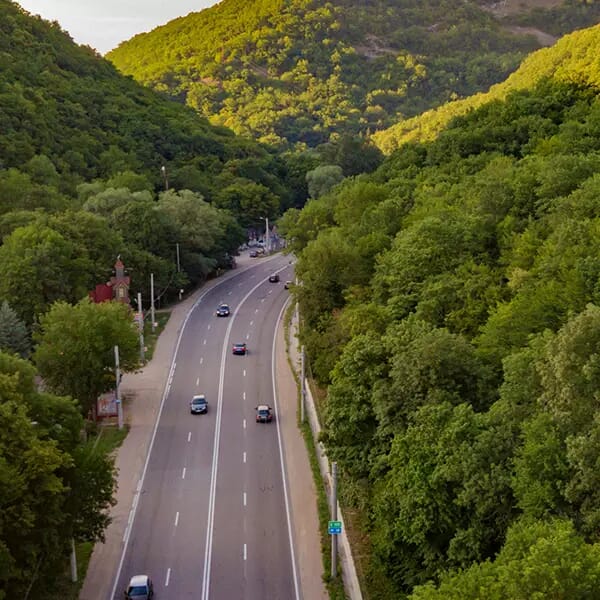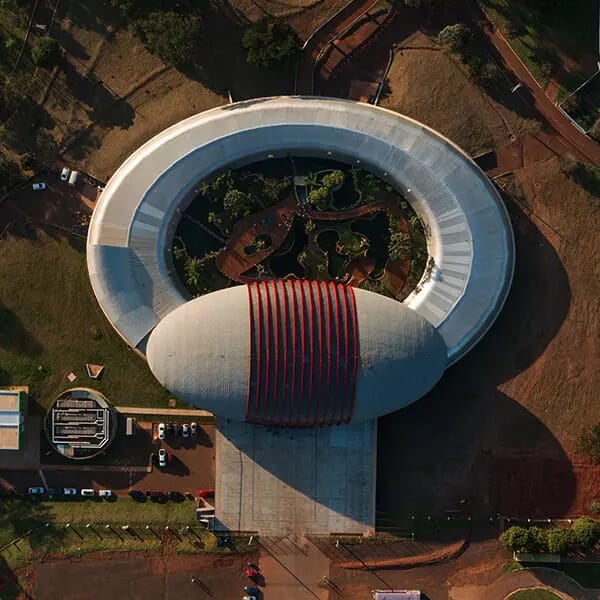 Credit: Chalabala / Envato Elements
Credit: Chalabala / Envato ElementsIs technology the emerging trend in India's road assets?
India boasts of having the 2nd largest road network in the world after US, with the government planning to add 60,000kms over the next 5 years. This amounts to construction of 40km per day. The government is intending to place emphasis on monetisation of the existing road assets and their operations and maintenance as well. There is a requirement of 3.8lakh crore rupees every year (~$ 50bn) for construction and O&M.
The PPP model has now matured and evolved over a period of time progressing from BOT, toll, annuity, hybrid annuity towards the EPC and TOT models finally. The presence technology was there before but where as it was crawling earlier now it’s importance is growing by leaps and bounds, with Covid-19 having accelerated the motions.
Overview of Technology Initiatives Taken by the Government in Various Phases
The government mandate was to integrate technology over the life cycle of the road asset. Currently the NHAI has been very proactive in integrating technology through the planning phases up to tolling. Technology being a never-ending field it is likely that the involvement and incorporation of technology is likely to continue.
Initial planning phases
Surveys are being conducted with the help of satellite imagery, using drones and images, during the planning stage of the project. LIDAR surveys are being conducted to understand the topography of the area. The planning and estimation of the projects are being undertaken along with LIDAR, auto-CAD and other softwares. This results in faster and accurate project reports. The survey and project report preparation time has been reduced by almost 50%
Execution stage
At the time of construction IOT sensors are being incorporated to get a better on-ground view of the project without being on the site. The big construction machines such as pavers, rollers, crushers have built-in sensors. These sensors send the data on the functioning of the machines such as the hours, location, distance travelled, etc. All this data is ultimately stored and made available on the cloud based software ‘Data Lake’.
Execution monitoring is being undertaken with the help of drones that captures images regularly, enabling easy virtual monitoring of the project. Further project management softwares is also being used to monitor the progress.
Data Lake
The integration of IOT and project management softwares with Data Lake was done by NHAI during the lockdown period. Optimum use of technology has improved efficiency in construction pace. As on 31 August 2020 the constructed road length was much higher (by ~18%) than the previous periods breaking the last 4-year record. Access to Data Lake is given to all relevant stakeholders such as authorities, concessionaires, contractors, consultants, project directors, audit staff, finance teams etc. Data lake has greatly revolutionized the workings at NHAI. In terms of next steps, AI is being incorporated in the Data Lake which will use the data and create an efficient advance alert mechanism in various aspects of construction progress, material handling and road safety.
Operation and Maintenance stage
FASTag
The focus has been on electronic toll collection with the flagship ‘FASTag’ program. It has become one of the most successful programmes with 2 crore vehicles with a daily transaction of Rs. 40mn and 75% of the total toll collection. 75-80% of transactions are now done through ETC. This has also helped fleet operators in managing their toll expenses and getting route status. An initiative is being undertaken to address the large number of black-listed tags, through a real time API based centralized server which would decrease the need for maintaining the huge data sets of the blacklisted tags on the toll servers and a data clean up. The toll systems will communicate with the central server and get immediate results. NHAI is planning to integrate ‘FASTag’ with other utilities such as parking, fuels, and wayside amenities which will help in reducing the black-listed tags.
Other solutions
RAMS (Road asset management system) is another system that has been integrated. Every 6m a survey is conducted and collated in the Data Lake giving a better picture on the need for maintenance and relaying, as well as provides various data points such as the status of inventories, strength of the pavement surface, etc.
Sukhad Yatra is a customer facing mobile app created for the safety of travel that can be used by travelers for sending out distress calls.
Vahan database is in the preliminary phases and is being worked on by the government. The idea is to create another AI cloud-based database where vehicle data is being populated and AI understands the date better. This is likely to form the stepping stones towards achieving multi-lane free flow. A pilot of free flow system is being done on a trial basis in the Panipat- Jalandhar road and near Manesar, Gurugram. Free flow travel on highways and on urban roads is definitely the dream to be worked towards.
Integration of Technology by The Developers
A lot has changed as far as the use of technology is concerned. The concessionaire and contractors are moving towards mechanization of labour intensive aspects in the projects. This shift is arising due to various reasons such as increased labor costs, need to increase construction speed and reduce turnover periods etc. The highways and roads being constructed now are being viewed less as just roads that facilitate travel but a destination in itself. The intent is for the drivers to feel more welcome and enjoy travelling on these roads.
Developers are using SAP systems to capture the data from weighbridges on material entry and utilisation. There is a lot more improvement in construction material and designs adopted for the construction moving towards sustainable and innovative solutions.
HIPR is technology that is being used for pavement recycling and major maintenance activities. It is a sustainable technology and recycles the material putting it to good use. There is some reluctance from authorities to use the HIPR technology as a regular solution. Since the technology is new and yet to be proven, the authorities are bound to reflect extra caution
Scope of New Technology VIDAR
A new technology that has been developed internationally is fibre sensing which uses the back scatter of fibre optics cables to provide data points. The back scatter is affected by vibration. The changes in the back scatter help convert the fibre cable into a monitoring sensor. This technology is called VIDAR. The technology is still in its nascent stages wherein it is still pending to create an algorithm that understands the data collected. The technology doesn’t require installation of new fibre optics, the lines already laid in for toll operations, telecommunication can be converted. The 3 main uses of the technology are, collection of traffic data (vehicular movement, speed, etc.), condition monitoring (surface digging, excavations activities, potholes can be captured) and situation awareness (accidents, pedestrian movement, etc.) with a potential to capture more types of data. VIDAR helps in reducing the need for physical sensors along with generating a lot more data points.
Technology for ESG, Road Safety & Compliance
Focus on ESG is another important aspect. Currently, when a due diligence is conducted by the investor for their compliance, they struggle to get hands on all requisite data (compensations, accidents, etc.). A confirmation by the NHAI and a centralized portal in place providing the required data would go a long way for evaluation of the road assets from an ESG perspective. Having such data in place will also help with the implementation of ESG and strengthening the norms in the place.
Instilling a standard template will help provide an undertaking that would capture the loan and debt taken on the road by the developer and bank. This will help smoothen the compliance process and protect investor interests.
Road Safety has not received the kind of attention it deserves from all the stakeholders, with 150k people dying from road accidents annually. A lot can be done in the policing front with the help of technology to increase the road safety. The issue is that not much of the technology in place is being used as a preventive measure but rather just being used as evidence.



